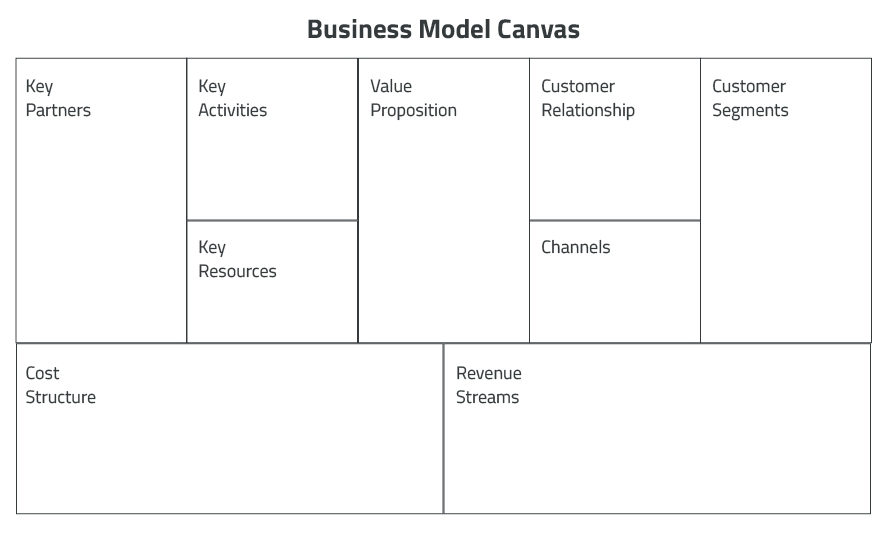Strategic management is that ideas and injunctions that enable the organization achieve its objective or long-term target to perform a better performance. The purpose of strategic management is to seek the opportunities for better future of the organization. Generally, good strategic management practices can improve the organization performance and achieve the organization target objectives. The strategies on an organization are made by the management itself to ensure the successful of the organization. The strategic management process consists of three stages which are strategy formulation, strategy implementation and strategy evaluation. Strategy formulation want to ensure that the organization achieve the objectives that they have been made. Strategy formulation includes the decision on what business to conduct, how to allocate the resources, and whether want the business join or enter to international market. Besides, strategy formulation phase includes developing a vision and mission, identifying an organization external opportunities and threats, determining internal Continue reading
Strategic Management Basics
Radical Innovation vs Incremental Innovation
Innovation undoubtedly became the “engine” of the progress, competitive ability and economic growth. Innovation regards as a “life-and-death matter for a firm”. However, paradox is that still some difficulties remain in understanding what exactly the innovation is and how important it is in nowadays world. Despite the fact that there are many definitions of processes of innovation, generally all innovations contain three underlying elements: newness, improvement and the overcoming of uncertainty. Newness is probably one of the most important parts of innovation, although such newness could be understood as something novel to the form or industry as a whole. Improvement is related to the fact that firms need to find the superior quality to those products which currently exist in the market. Overcoming uncertainty means that such improvement is determined by the market and that market need have to be clarified. In addition, it is essential to remember that all Continue reading
Relationship Between Organizational Culture and Strategic Management
When any group of people live and work together for any length of time, they form and share beliefs about what is right and proper. They establish behavior patterns based on their beliefs, and their actions often become matters of habit which they follow routinely. These beliefs and ways of behaving create the culture of the organisation. Culture is a pattern of shared tacit assumptions that was learned by a group as it solved its problems of external adaptation and internal integration, which has worked well enough to be considered valid in organisation and it is necessary to be taught to new members as the correct way to think, perceive, and feel in relation to those problems that occur in many organisation today. Culture also influences the selection of people for particular jobs, which in turn affects the way in which tasks are carried out and decisions are made in Continue reading
Strategic Intent – Definition and Meaning
Strategic Intent refers to a “high level statement of the means by which an organisation achieves its VISION”. Today Managers in different organisations are working hard to match the competitive advantage of their global rivals but in order to do the same most of them end up only imitating what their competitors have already implemented. Imitation doesn’t really create the Strategic Intent as competitors have already mastered those techniques and have exploited the first mover advantage. Hence mere imitation doesn’t lead to competitive revitalization. Strategic Intent drives organisations, individuals and groups to meet the challenge of change in business today. Strategic Intent as a concept was born in Post-World war II Japan when it dramatically emerged as world leader in economy. Japanese Organizations had set goals for themselves that might have been considered by most of the Western Organizations of that time as highly unrealistic. But with very few resources Continue reading
Linkage Between Business Models and Innovation
The question of what a business model is often remains relatively vague. The main reason for this is because business people have an intuitive understanding of business models. This is normal, since the business model is about how an organization makes money, which is a manager’s job after all. However, there is often a lack of a more precise and shared understanding of what a business model is. Yet, such a common understanding is required if we want to have high quality discussions of one’s business model and make important business model decisions. Alexander Osterwalder has come up with the 9 building blocks approach to describe business models. This approach has the characteristics of any other type of model (e.g. in architecture or engineering). It is a simplified description and representation of a complex real world object. It describes the original in a way that we understand its essence without Continue reading
Analysis of Resource Based View of Strategy
The relationship between firm’s resources and performance are always the crucial area of interest in strategic management. Resource based view (RBV) highlights the internal environment of the firm in crafting strategy to accomplish a sustainable competitive advantage in it. Resource in RBV can be defined in an extremely broad way. Concepts like dynamic capabilities, entrepreneurship and management are usually regarded as strategic resources. Similarly, RBV also has been defined as stocks of available factors that are owned and controlled by the firm, these factors can be classified into physical, reputational, organizational, financial, human intellectual and technological, which are transformed into final products or services efficiently and effectively. Resource Based View can be treat as the ‘best’ strategy route in the development of a firm strategy, because RBV analyze and explain resources of the firms to grasp how organizations accomplish sustainable competitive advantage. In addition, Resource Based View centralize on the Continue reading

